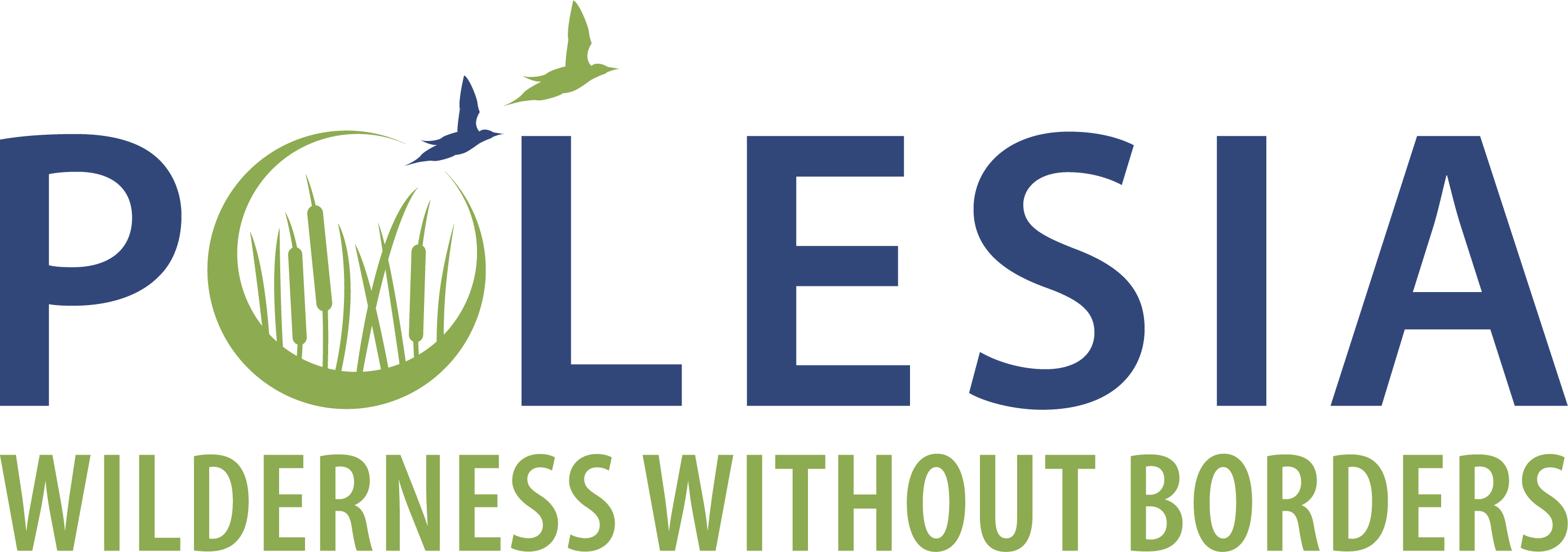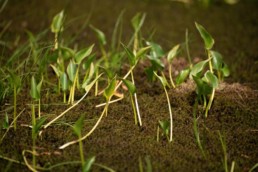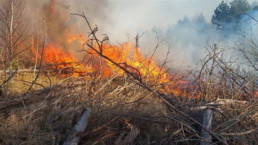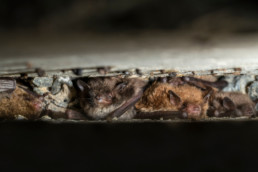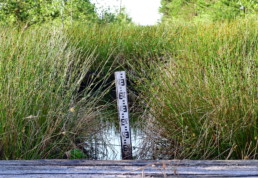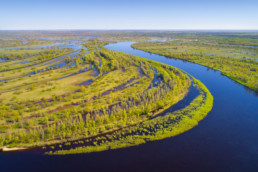Re-encountering Polesia’s nature and people: summer expedition of the Frankfurt Zoological Society
At the end of July, a team from the Frankfurt Zoological Society visited several protected areas in Ukrainian Polesia. They met with local conservationists to discuss their current work and most pressing needs, got acquainted with some valuable natural objects, and inspected the areas waiting for consistent and professional restoration.
The cooperation between the Frankfurt Zoological Society (FZS) and protected areas of Ukrainian Polesia has already become a good tradition. FZS has been providing material, technical and financial support to eight national parks and strict nature reserves in the region for several years. In particular, biodiversity monitoring has been carried out in a number of protected areas in Polesia, including using novel methods such as camera trapping and acoustic monitoring. Management plans have been developed for several protected areas in Ukrainian Polesia with the participation of FZS. A number of protected areas also received vehicles and other equipment to make the daily work of the staff easier and more efficient. Following Russia’s full-scale military invasion of Ukraine, some protected areas received additional funding to provide shelter for internally displaced people.
Michael Brombacher, Head of FZS Europe Department:
Polesia is one of the largest and most intact floodplain landscapes in Europe with numerous rivers, peatlands and lakes. It is home to large mammals such as moose and lynx, and is important for migratory birds. But the wetlands are also vital to the people of the region, providing food and possessing great tourism potential. Polesia is well protected by a number of nature reserves and national parks, some of which have only recently been established, such as the Pushcha Radzivila National Park. FZS stands by the protected areas in the Carpathians and Polesia during the current difficult economic period caused by the Russian invasion of Ukraine. In doing so, we are helping the dedicated staff of the protected areas to continue their important work – keeping Ukraine’s nature intact.
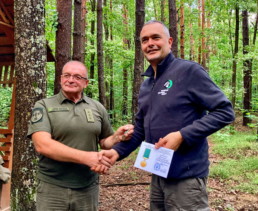
At the end of July, a team from the Frankfurt Zoological Society took part in another expedition to national nature parks and nature reserves in Polesia to learn about their work and understand the needs of the institutions.
Despite a lack of staff, scarce funds and the war in the country, the conservationists of Ukrainian Polesia are doing their best to protect and promote the local nature and to tackle the various problems and challenges they face in their work. For example, rubbish collection points in the Nobelskyi National Park help to keep the recreation areas clean. Bird watching towers in the Prypiat-Stokhid National Park and the Cheremskyi Strict Nature Reserve attract nature lovers. An ornithological trail above the water in the Poliskyi Strict Nature Reserve is designed for eco-educational purposes and makes it possible to combine recreation and nature observation.
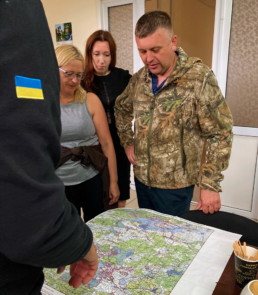
Volodymyr Dikovytskyi, Director of the Nobelskyi National Park:
Without the support from FZS, the Nobelskyi National Park would not be able to function at all! And this is no exaggeration. Since the establishment of the Nobelskyi National Park in 2019 and to this day, 80% of the material and technical base that the park has, including machinery, equipment, supplies, etc., have been provided by the Frankfurt Zoological Society.
Every encounter with Polesia’s intact wilderness is energising and inspiring. This visit was no exception! The participants of the expedition enjoyed the view of the vast wetlands and forests, the purity and freshness of the lakes. They observed the nesting sites of the rare Greater Spotted Eagle and visited the Juzefin Oak, believed to be one of the oldest trees in Ukraine.
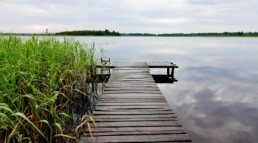
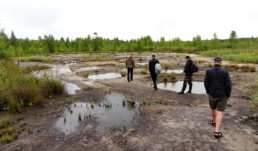
While in some places the beauty and power of Polesia’s nature is striking, in others it is clear how much it needs help when it suffers from human activity. The participants of the expedition paid particular attention to the natural sites that have been affected by various anthropogenic factors. In the Nobelskyi National Park, for example, the guests were shown the traces of amber mining. This illegal activity has led to a serious disturbance of the hydrological regime, massive deforestation and the destruction of the fertile soil layer. Such areas can be recultivated, but it takes a lot of special knowledge, effort and certainly time.
Drevlianskyi Strict Nature Reserve and Pushcha Radzivila National Park are suffering from wildfires – the expedition participants saw large areas of forest destroyed by flames. Scientists point out that forests become less resistant to devastating wildfires when hydrological regimes are disturbed. This means that restoring the region’s wetlands can help to prevent large forest fires, which are one of the main threats to Polesia’s natural environment.
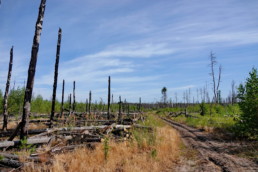
Water is the blood of Polesia, an inseparable part of its precious wetland ecosystems. Unfortunately, Polesia is losing water: this process is still going on due to intensive drainage in the past, especially in the mid-20th century. For example, in the Rivnenskyi Strict Nature Reserve, old drainage systems still influence the hydrological regime of the area and disturb the local ecosystems. Blocking the drainage channels would help to restore the surrounding wetlands to a near-natural state.
In the Poliskyi Strict Nature Reserve and the Chornobyl Radiation and Ecological Biosphere Reserve, the consequences of the alteration of the Zholobnytsia and Uzh riverbeds are obvious. In their natural state, Polesian rivers meander through the landscape, which creates favourable conditions for sustainable and harmonious wetland ecosystems. However, this harmony is destroyed when people start to straighten rivers for economic purposes – floodplain ecosystems are disturbed, and mires and peatlands are drained. Reverse transformation of riverbeds is possible, though labour- and resource-consuming.
Ecosystem restoration is now the focus of FZS’s work in Polesia. Some time ago, five drained wetlands were selected for further rewetting. And this summer’s expedition was another opportunity to compare notes with partners, identify priority tasks and needs, synchronise efforts and make the work on the ground more efficient.
Safe and intact: protecting rare and typical habitats in Polesia
19. September 2025
0 Comments7 Minutes
This post is also available in UKR.
